10款彰显英伦风范的经典车型
BBC双语阅马丁·戈达德(Martyn Goddard)(2023年12月15日)
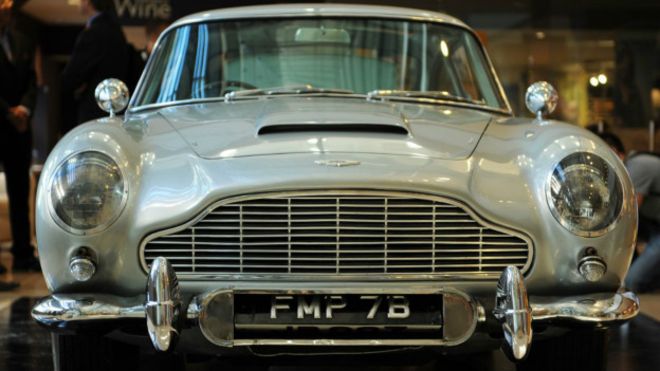
阿斯顿·马丁DB5
英国的知名汽车品牌是本国社会阶级和风格的延伸。不管是类似绅士俱乐部里的皮革扶手椅和木质镶板,还是类似火车头中光滑的机械部件,英国汽车反映的都是有着非凡而宏大野心的工程师的梦想——无论这些梦想是何等遥远何等古怪。鲜有英国车是为了满足大众市场的需求而打造的,而这种倾向性已然酿成了长远持久的影响;在今日的英国,量产的汽车品牌无一例外出自他国的汽车厂商。
然而,这种独特性也为世界留下了一个彰显着强烈英伦风格的、需要我们抱以崇敬之情的汽车宝库。于是,在这里,我们按照字母的先后顺序列出了10款非常值得珍视的英国汽车。
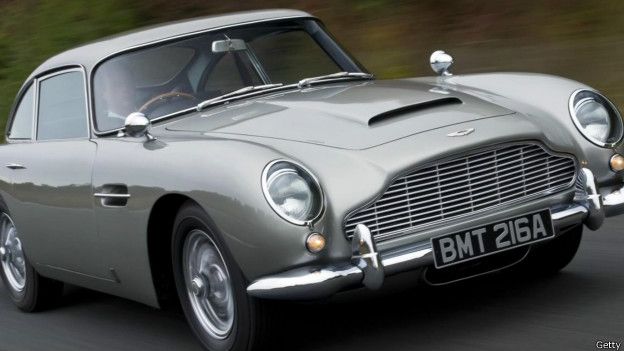
阿斯顿·马丁DB5(1965年)(图片来源:Martyn Goddard)
阿斯顿·马丁DB5(1965年款)。DB5堪称最完美的高级跑车:强劲有力而又不失精致奥妙,性感迷人却又遒劲刚毅。詹姆斯·邦德(James Bond)所驾驶那辆的DB5跑车装配了可以旋转更替的车牌号码和一副弹射座椅;民用版本的DB5车型则采用纯手工打造的直列六缸发动机设计,动力输出达到280马力,并配上一台手动变速箱,再用一副精美典雅的轻量级铝制车身将这些部件包裹其中。去年,DB5跑车在首秀开门红之后约47年,于詹姆斯·邦德电影《007:大破天幕杀机》(Skyfall)中客串亮相,由此再度攀升至英雄一般的地位。(马丁·戈达德)
奥斯汀·希利3000 MKIII(1965年款)。这部希利车是英国二战后经济实惠的跑车的典型代表。这类跑车成批量地出口到美国,从而使英伦岛上的汽车制造商得以免于破产倒闭。(事实上,美泰公司为芭比娃娃购进的第一款车便是辆粉红色的希利。)奥斯汀·希利3000的车型设计出自大名鼎鼎的赛车手兼工程师唐纳德·希利(Donald Healey)之手,随后由行业巨头英国汽车公司(British Motor Corporation)组装成形,于1959年首次亮相,立即迎来好评如潮。到1963年,希利推出性能更加强大的MKIII版之时,这款跑车已十分先进,并曾在赛车运动方面,谱写了战绩辉煌的历史篇章,甚至还创造了一些量产车速度纪录。(马丁·戈达德)
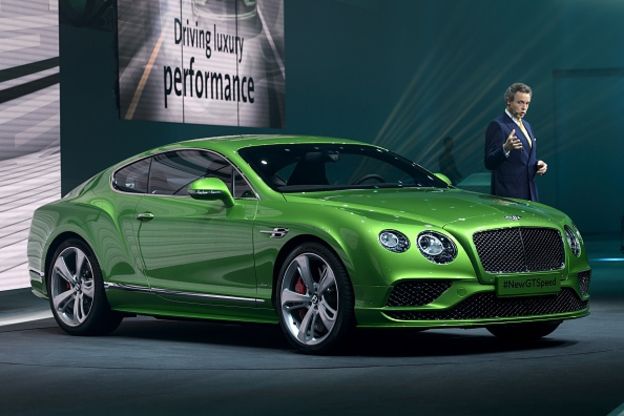
3 宾利欧陆GT极致版轿跑车(2013年款)
宾利欧陆GT极致版轿跑车(2013年款)。知名汽车品牌宾利的同名创始人沃尔特·欧文·本特利(WO Bentley)喜欢野蛮、威严的车型定位,他若能亲眼看到这款宾利新晋的欧陆GT极致版轿跑车,很可能会对其倍加赞赏。在这款轿跑车的引擎罩下,你会隐隐约约窥见一台6升12缸发动机,它可以通过一台八档的变速器,为任何一种四轮汽车输送616马力的功率和590英尺/磅的扭矩。GT极致版轿跑车是一台承载了赛车性能(时速可以在短短4秒内,从零提升到60英里/小时,且最高时速达到205英里/小时)的高性能豪华旅行车,同时它还可以在三位数的时速状态下畅快自如地驰骋,也能驾轻就熟地掠过贝弗利山(Beverly Hills)。
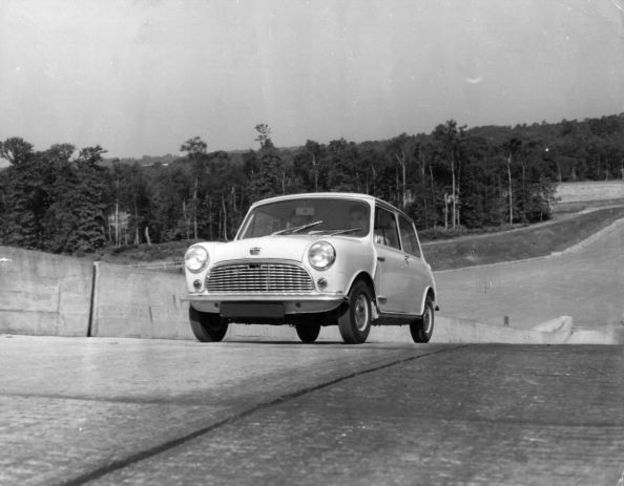
英国汽车公司出产的迷你车(Mini1959年款)
英国汽车公司出产的迷你车(1959年款)。20世纪50年代后期,英国汽车公司为了满足大众市场上对节能高效车的需求而着手打造迷你车。迷你车的箱形设计出自亚历克·伊斯哥尼斯爵士(Sir Alec Issigonis)之手,在这个当时看来颇为激进的设计中,箱形车身通过一个带橡胶锥的独特悬架系统,倚靠在车四角仅有10英寸的微型车轮上。而10英尺长、4英尺宽、4英尺高的外壳使车身内部的空间很是宽敞。而且,车内还装配有一台新型横置发动机,它与在油底壳中的四档变速器协力驱动两个前轮。英国——乃至全世界——都喜欢上了这种漂亮迷人的新型小车,而迷你车旋即于不久后成为“摇摆的六十年代”(Swinging ’60s)的象征。1999年,一群来自世界各地的汽车作家将迷你车誉为仅次于福特T型车的、20世纪第二大最有影响力的汽车。如今,由迷你现在的母公司宝马开发出的全新迷你车型依然显现出它当初的精神。甚至,这辆车的组装地都还在迷你原本位于牛津(Oxford)考利(Cowley)的生产基地中。
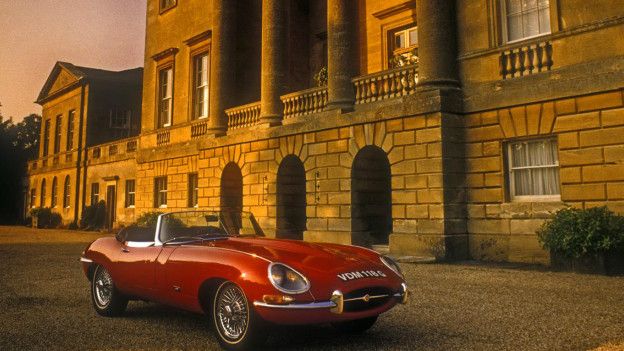
捷豹E-Type 3.8跑车(20世纪60年代款)。(图片来源:Martyn Goddard)
捷豹E型车 3.8跑车(20世纪60年代款)。威廉·里昂斯爵士(Sir William Lyons)出品的汽车历来是从表到里一应俱全,而售卖价位又比较平易近人。而捷豹E型车并非例外。它以E型车为名在美国市场上出售,在其它地域市场销售时则名为XKE。恩佐·法拉利(Enzo Ferrari)将E型车视为“人类造车史上最惊艳的汽车”,可见它的魅力不容置疑,而当它奔驰于道路上之时,那种动感迷人的吸引力从未因时间的推移而削减一丝一毫。捷豹E型车在它极其符合空气动力学特性的外壳之下,装配有一台工艺精湛的直列六缸发动机、现代化的盘式制动器以及从写就辉煌的赛道传奇D型车那里继承而来的精致独立悬吊系统。(马丁·戈达德)

路虎卫士90(1983年款)。(图片来源:Martyn Goddard)
路虎卫士90(1983年款)。瞧!这是英国对皮卡的最大限度回应。通过在皮卡中引进更加先进的螺旋弹簧悬架系统与一系列新型的发动机,英国人把这种二战之后的农用车型改造成为了一款具备真刀真枪的驾驶性能的极限越野车。时至今日,路虎卫士一方面仍是农户、军人及公用事业公司手头经久耐用、能载重物的皮卡,一方面已摇身一变成为平民百姓的时尚配件。无论是在伦敦的街道上,还是在不列颠的田间地头,它都一样舒适怡人,也几乎一样随处可见。一如美利坚德高望重的吉普车所承载的那样,一种汽车类别因路虎卫士的影响而得以确定下来,它们将会成为未来几年中的运动型多功能车。(马丁·戈达德)
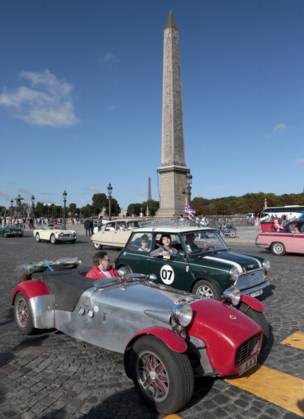
译者注:Lotus曾被译为“莲花汽车”,该译法仍被广泛使用。但Lotus官网(lotuscarschina.com)采用的是“路特斯”这一译法。
路特斯7型车(1957年至1973年款);卡特汉姆7型车(1973年至今)。路特斯7型车的设计体现了路特斯创始人科林·查普曼(Colin Chapman)再三重复的制胜真言“只需减轻重量”。7型车首次亮相于1957年,车身内装配了福特1172立方厘米排气量的直列四缸发动机,所输出的动力在28马力和40马力间不等,具体大小取决于发动机的调试状态。这样的功率输出看起来似乎少得可怜,但若考虑到7型车“轻如鸿毛”,整备质量仅1,100磅,你就不会那么觉得。此车车速很快,而且经年累月,它变得尤其快、更加快了。最能够印证7型车的吸引力是它的长盛不衰。在路特斯于1972年停止生产7型车之后,查普曼将该车的生产专营权卖给了一名叫格雷厄姆·尼尔(Graham Nearn)的前交易商。而后者的凯特勒姆汽车公司直到今天都仍在以成套统包的形式建造7型车。
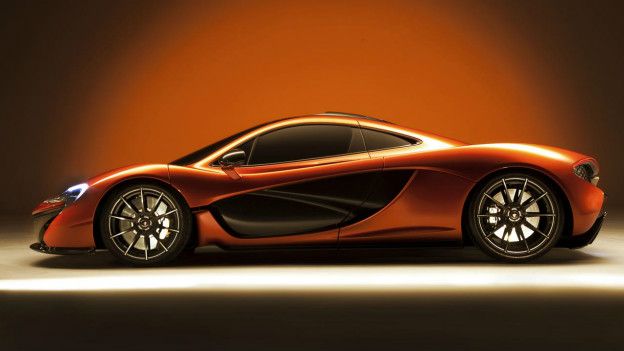
迈凯轮P1(2013年款)。(图片来源:Martyn Goddard)
迈凯轮P1(2013年款)。在英国的汽车工业中,卓尔不群、独树一帜的绝色品牌依旧健在,而且欣欣向荣。对此,迈凯轮P1便是明证。它是出自一个小型的、超级痴迷完美的汽车制造商之手的终极超跑。它是为赛道而孕育的“火箭飞船”,内里装配有汽油-电力混合动力传送系统。该系统中,727马力、3.8升的双涡轮增压V8发动机与176马力的电动机强强联合;总输出903马力经由一个七档双离合变速器牵引后轮转动。迈凯轮公司把P1跑车的产量限制在375辆,并将其售价定在曲高和寡的每车866,000英镑(约合130万美元),更承诺要让P1车达到其引以为豪的前辈——1992年至1998年产的迈凯轮F1——那种神话般的高度。(马丁·戈达德)
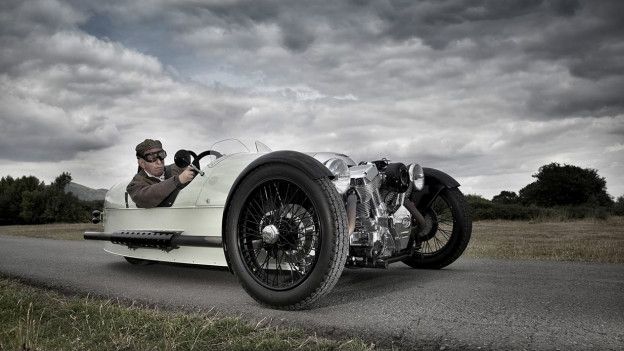
摩根三轮跑车(2011年款)。(图片来源:Martyn Goddard)
摩根三轮跑车(2011年款)。1909年,哈里·摩根(Harry Morgan)推出了摩根轻型三轮汽车。自那以后,摩根汽车公司的所有权始终被同一个家族牢牢掌握。本着一脉相承的精神,创始人哈里·摩根的孙子查尔斯·摩根(Charles Morgan)又推出了该公司的最新车型:一款凭直觉打造出的敞篷车,看起来与时代格格不入,似乎在用一种露骨的方式向趾高气扬的古怪设计致敬。这款重达1200磅的三轮跑车充分利用了80马力的2.0升V型双缸摩托车发动机,从零加速到时速60英里只需要大约4.5秒。在打破终端速度法则之前,这款三轮跑车的时速可以一路飙升到115英里。(马丁·戈达德)

劳斯莱斯第六代幻影加长版(1968至1990年款)
帕克·瓦德(Park Ward)车身制造厂生产的劳斯莱斯第六代幻影加长版(1968至1990年款)。想找到一辆英伦风格比劳斯莱斯幻影六代更典型的轿车是不可能的事情。诞生于1968年的幻影六代,在1990年以前始终位列于劳斯莱斯的生产目录中。当时的劳斯莱斯与现在无异,致力于创造出纯粹且理想的汽车。无声、流畅、奢华、独特——幻影六代拥有的不仅仅是所有的这些特质。劳斯莱斯公司一共只生产出374部幻影六代,这些豪华汽车的车身大多数由伦敦著名的车身制造厂——穆莱纳·帕克·瓦德(Mulliner Park Ward)工厂手工打造而成。该车型在早期采用6.2升V8发动机,后来又换成足以产生250以上马力的6.75升V8发动机。不过,计算马力其实是豪车买家的事情。在发动机更新换代后,当时社会上公开出来的发动机实际输出功率并没有达到劳斯莱斯声称的数值。
(责编:腾龙)
Ten quintessentially British cars
By Martyn Goddard,15 December 2024
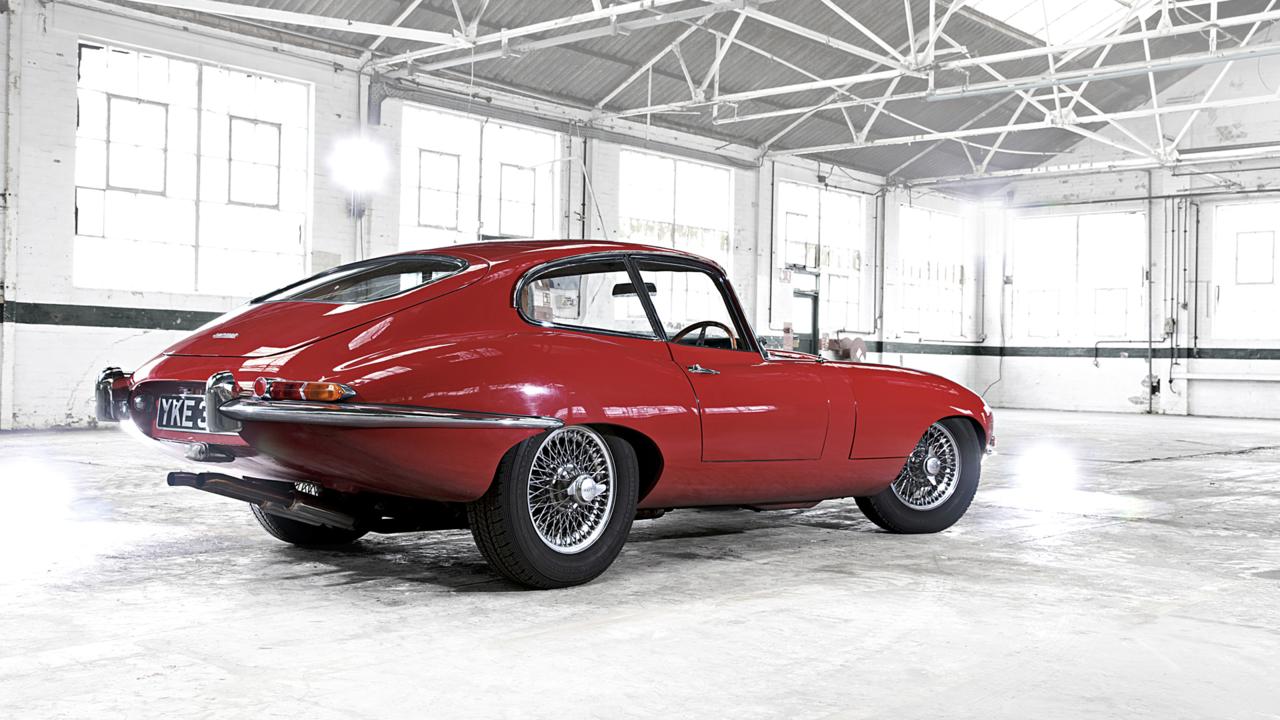
The ambassadors
British automotive marques are extension of the nation’s class system and style. Whether conjuring the leather armchairs and wood panelling of a gentleman’s club or the naked mechanicals of a locomotive, they echo the singular, manic ambitions of the engineers who realised their dreams – however remote or eccentric these may have been. Rare is the British car built with the mass market in mind, and that tendency has had lasting effects; vehicles produced in high volumes in today’s UK all carry the names of foreign automakers.
But that singularity has left the world a trove of emphatically British cars that demand reverence. Here, then, alphabetically arranged, are 10 British cars well worth celebrating.
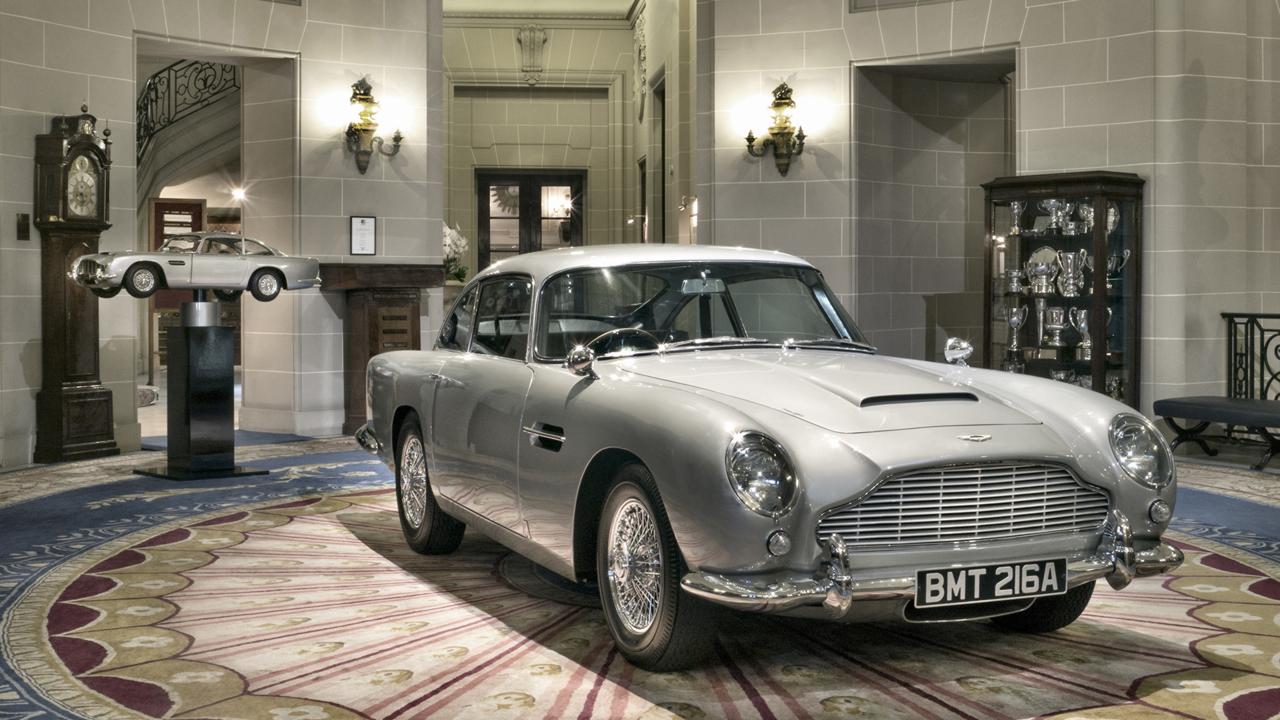
Aston Martin DB5 (1965) (Credit: Martyn Goddard)
The DB5 is the definitive gran turismo: brawny yet sophisticated, sensuous yet square-jawed. James Bond drove one equipped with revolving number plates and an ejector seat; civilian versions used a hand-built in-line six-cylinder engine with 280 horsepower, matched to a manual gearbox and wrapped in an elegant, lightweight aluminium body. Some 47 years after its auspicious debut, the DB5 made a cameo appearance in last year’s Bond instalment, Skyfall, ascending to hero status all over again. (Martyn Goddard)
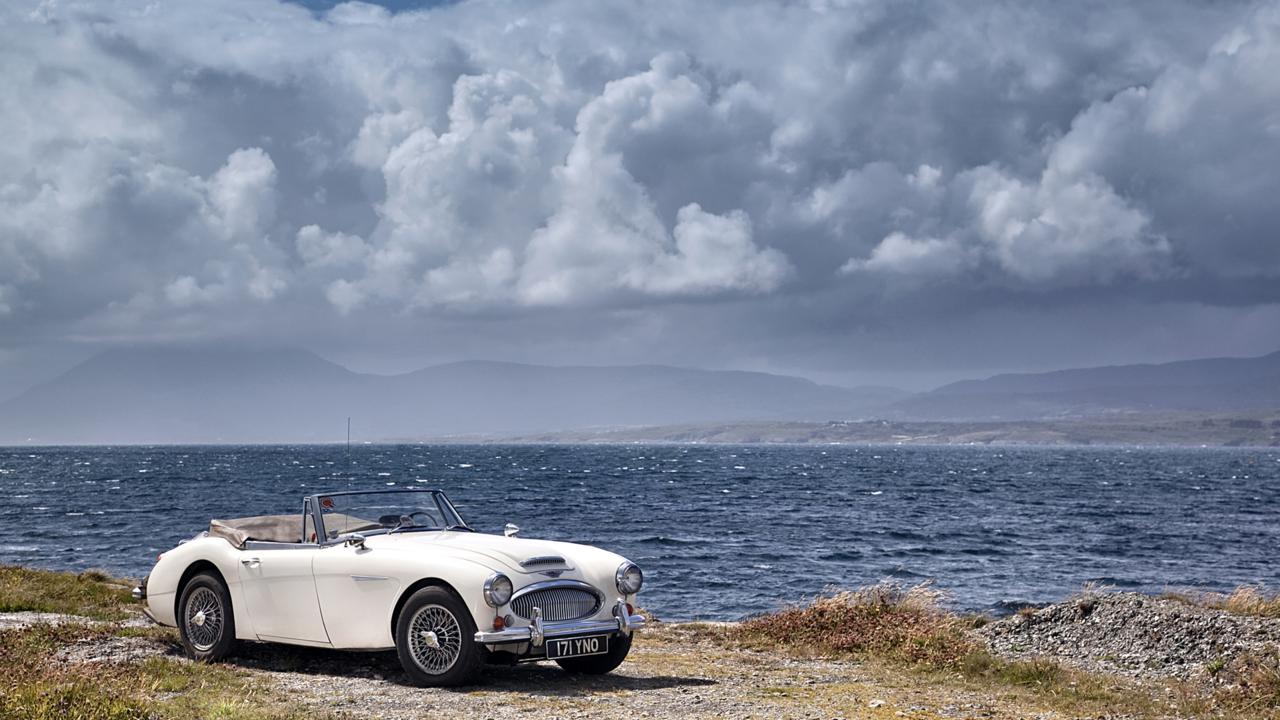
Austin Healey 3000 MKIII (1965) (Credit: Martyn Goddard)
This Healey typifies the genre of affordable British post-World War II sports cars. Exported to the US in droves, these cars helped rescue the island’s motor manufacturers. (The first car sold for Mattel’s Barbie doll was, in fact, a pink Healey.) The 3000, designed by the famed racer and engineer Donald Healey and assembled by the giant British Motor Corporation, debuted to acclaim in 1959. By the time the more powerful MKIII version bowed in 1963, the roadster was fully developed and had authored a successful history in motorsport, and even a few production-car speed records. (Martyn Goddard)

Bentley Continental GT Speed (2013) (Credit: Bentley Motors)
Fond of brutish, authoritative automotive statements, WO Bentley, the founder of the marque bearing his name, would likely have approved of the new Bentley Continental GT Speed. Under its hood lurks a 6-litre 12-cylinder engine producing 616 horsepower and 590 pound-feet of torque to all four wheels through an eight-speed automatic transmission. A civilised grand tourer with racecar performance (zero to 60mph in 4 seconds flat and a top speed of 205mph), the GT Speed is equally in its element charging along at triple-digit speeds or wafting through Beverly Hills. (Bentley Motors)
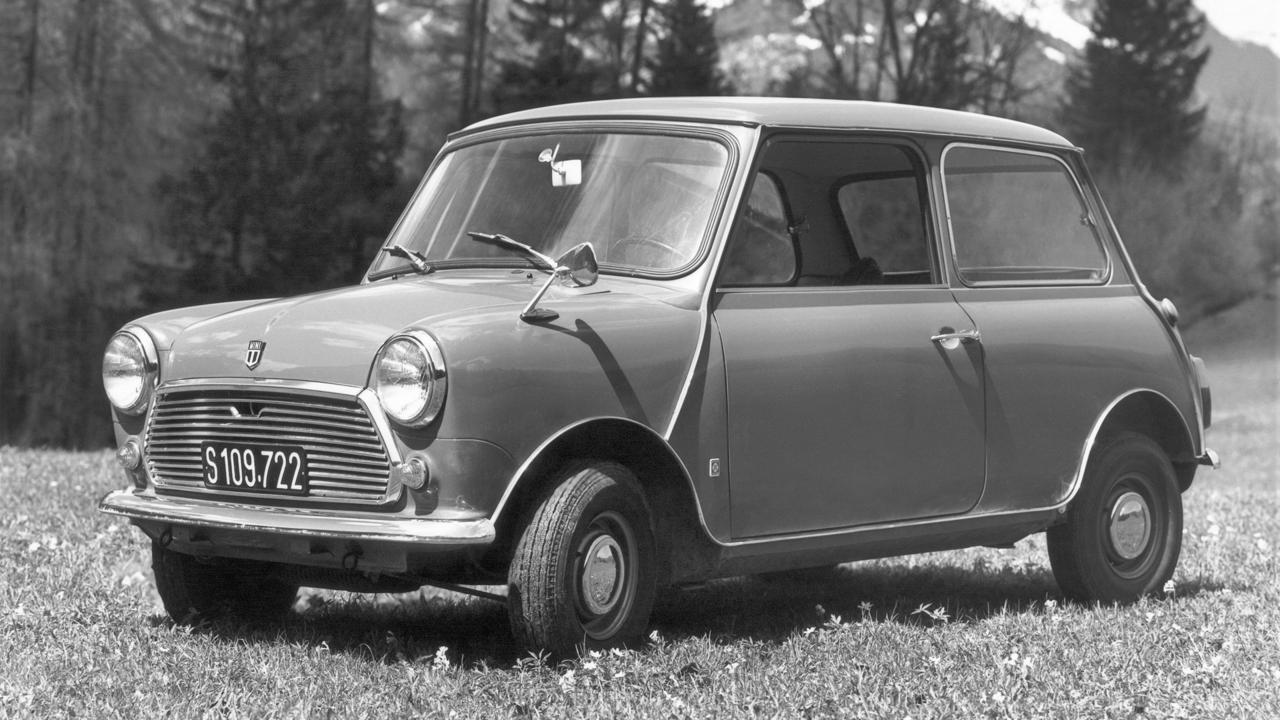
BMC Mini (1959) (Credit: BMW Group)
Born of the need for a fuel-efficient, mass-market auto in the late 1950s, the BMC Mini wore Sir Alec Issigonis’ then-radical box design, which rested via a unique rubber-cone suspension on tiny 10-inch wheels at each corner. Inside, the 10ft-by-4ft envelope provided lashings of space, and a novel transverse-mounted engine with a four-speed transmission in the sump drove the front wheels. The British – and the world – took to the cute newcomer and the car soon symbolised the Swinging ’60s. In 1999, a global group of automotive writers named the Mini the second most influential car of the 20th Century, behind the Ford Model T. A new Mini, developed with the marque’s current corporate parent, BMW, continues to evoke the spirit of the original. It is even assembled in the original cars’ production facility at Cowley, Oxford. (BMW Group)

Jaguar E-Type 3.8 (1960s) (Credit: Martyn Goddard)
Sir William Lyons had a history of producing automobiles with style and substance at relatively accessible price points. The E-Type, marketed in the US and other markets as the XKE, was no exception. The appeal of the E-Type – Enzo Ferrari deemed it “the most beautiful car ever made” – is undeniable, and on the road, its sporting charms have not diminished over time. Beneath the exceptionally aerodynamic skin, the Jaguar has a fine straight-six engine, modern disc brakes and a refined independent suspension that was derived from racing successes of the legendary D-Type. (Martyn Goddard)

Land Rover Defender 90 (1983) (Credit: Martyn Goddard)
Behold, Britain’s maximalist response to the pickup truck. Modifying the agricultural, post-World War II models for true drivability by introducing a more civilised coil-spring suspension and a range of new engines created the ultimate off-roader. The Defender, while still a workhorse for farmers, the military and utility companies, has become a fashion accessory for civilians, as well. It is as comfortable, and nearly as common, on the streets of London as it is on a pheasant shoot in the country. As the venerable Jeep did in America, the Land Rover Defender helped define a class of automobile that would become the sport-utility vehicle in coming years. (Martyn Goddard)
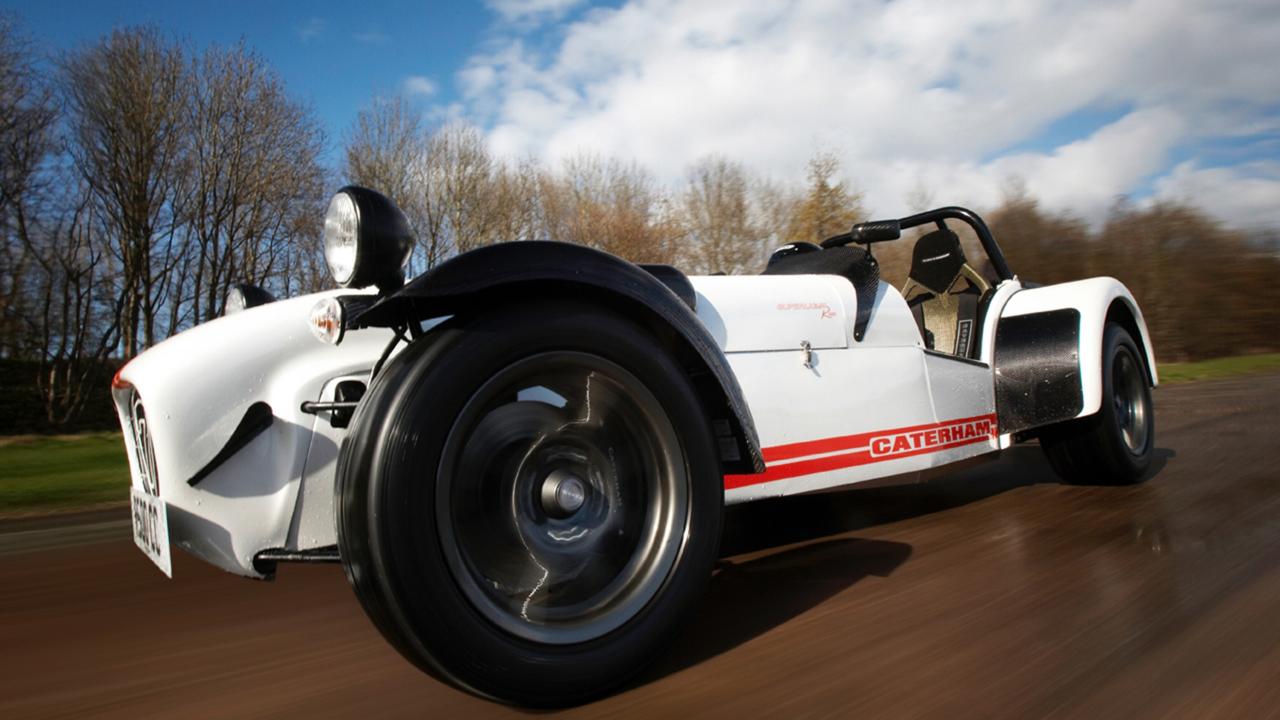
Lotus Seven (1957-73); Caterham Seven (1973-Present) (Credit: Caterham Cars)
The Seven is the embodiment of Lotus founder Colin Chapman’s oft-repeated mantra, “Simplify, then add lightness.” Debuting in 1957 with a 1172cc in-line four-cylinder engine from Ford, the Seven produced between 28hp and 40hp, depending on its state of tune, which may seem meagre until the Seven’s feathery, 1,100lb curb weight is considered. The car was quick, and over the years, it grew notably quicker. The ultimate testament to the Seven’s appeal is its longevity. After Lotus discontinued it in 1972, Chapman sold production rights to a former dealer, Graham Nearn, whose Caterham Cars has continued to build the Seven – in turnkey and kit form – to this day. (Caterham Cars)
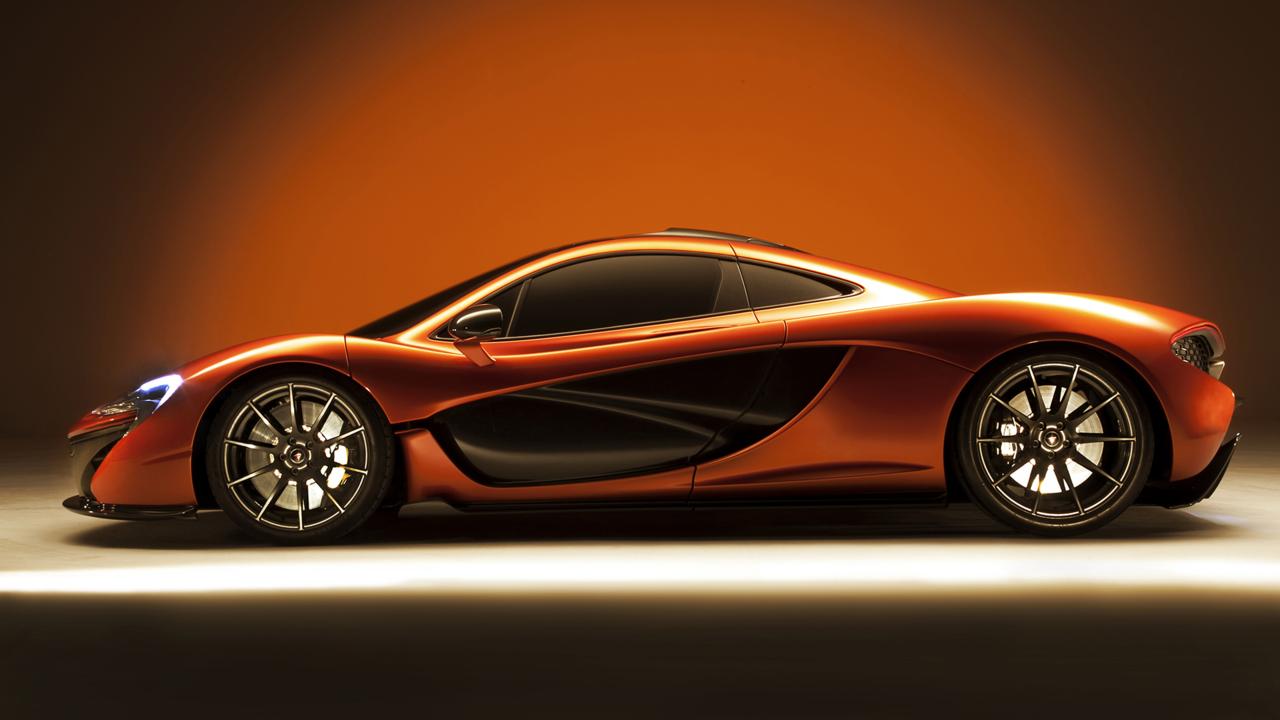
McLaren P1 (2013) (Credit: Martyn Goddard)
The McLaren P1 is proof that singular, eccentric visions are alive and well in the UK car industry. The ultimate supercar from a small, hyper-obsessive manufacturer, the P1 is a race-bred rocket with a gasoline-electric hybrid powertrain. Its 727hp, 3.8-litre twin-turbo V8 meets a 176hp electric motor; the system’s 903hp total output spins the rear wheels through a seven-speed dual-clutch transmission. With production limited to 375 cars, priced at a cool £866,000 (roughly $1.3 million) apiece, the P1 promises to achieve the mythic status of its vaunted predecessor, the 1992-98 McLaren F1. (Martyn Goddard)
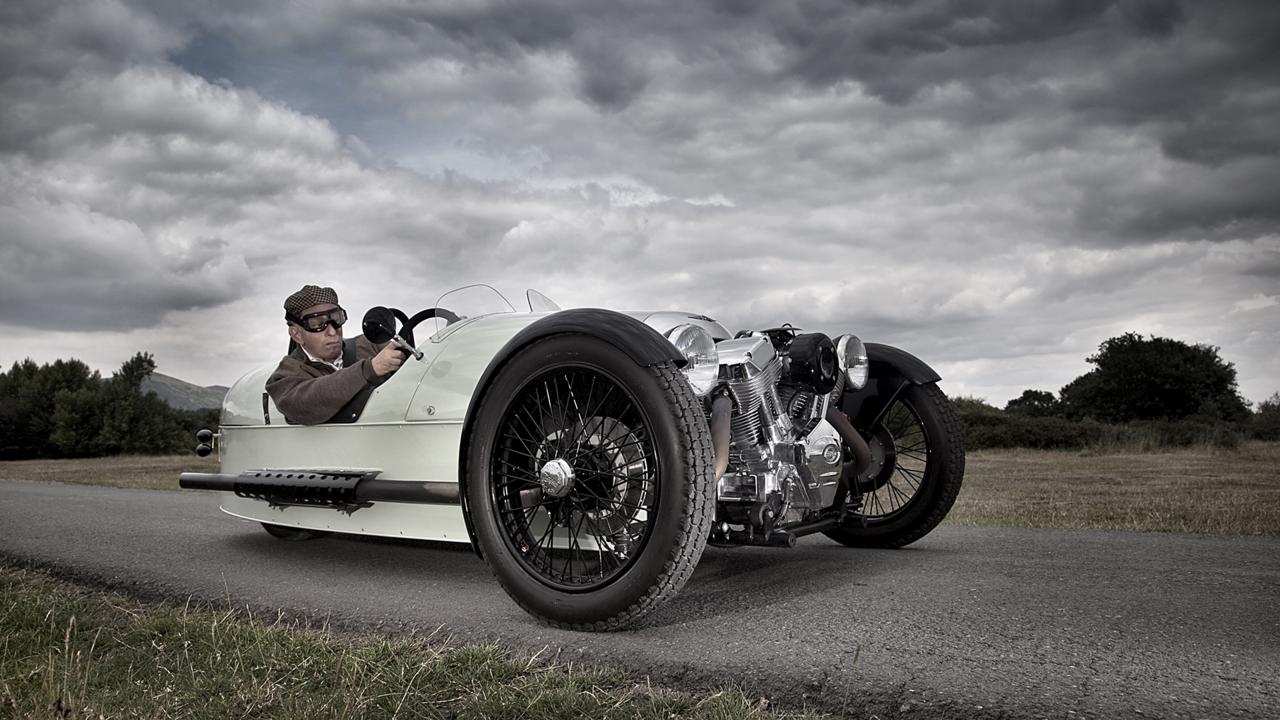
Morgan 3 Wheeler (2011) (Credit: Martyn Goddard)
The Morgan Motorcar Company has been in the same family’s ownership since 1909, when Harry Morgan promoted his three-wheeled Cyclecar. And it is in that spirit that the founder’s grandson, Charles Morgan, delivers the company’s newest model: an open-air, seat-of-the-pants anachronism that blows wind up the skirts of bloated exotics. The 1,200lb 3 Wheeler makes use of an 80hp, 2-litre V-twin motorcycle engine. The sprint from zero to 60mph happens in about 4.5 seconds, and the trike will hustle all the way to 115mph before the laws of terminal velocity intrude. (Martyn Goddard)

Rolls-Royce Phantom VI Limousine by Park Ward (1968-90)
You cannot get more quintessentially British than the Phantom VI, which debuted in 1968 and remained in the Rolls-Royce catalogue until 1990. Then as now, Rolls-Royce pursued nothing less than a rarified automotive ideal. The Phantom VI – silent, smooth, luxurious and exclusive – was all of that and more. The company produced only 374 of these grand giants, most of them clad in hand-crafted bodies from the London coachbuilder Mulliner Park Ward. Early examples employ a 6.2-litre V8; later models carried a 6.75-litre V8 producing upward of 250hp, but calculating horsepower was the buyer’s homework; disclosing exact engine output was beneath Rolls-Royce in those days. (Rolls-Royce Motor Cars)